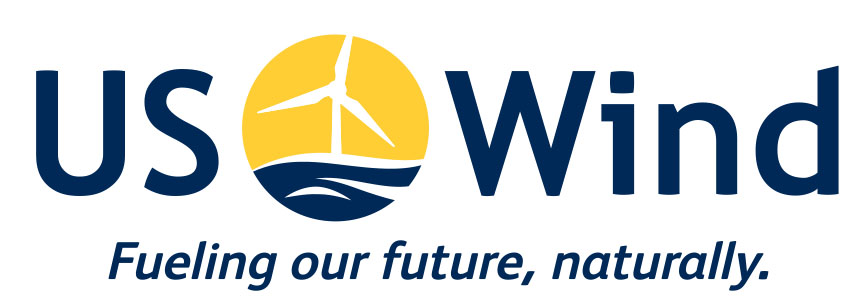What the Offshore Wind Jobs and Opportunity Act means for the economy
In the last few months, many states across the country and U.S. territories have passed legislation introducing or strengthening the commitment on and development of clean energy efforts, including offshore wind energy.
In Maryland, the historic Clean Energy Jobs Act was passed, supplementing last year’s passage of a strong, full-year funding for energy and water priorities by a bipartisan Congress, recognizing that “clean energy research and development (R&D) is a top-notch investment and the federal government needs to lead,” and pursuing the goal of achieving 100% of clean energy electricity by 2040.
Last month, US Wind signs key agreement with EPIC Applied Technologies for July installation of its Meteorological Tower beginning this summer, marking a key milestone in what will eventually be one of the nation’s first commercial-scale offshore wind energy projects off the coast of Ocean City, Maryland. The met tower will be used to collect raw wind data at a height comparable to the eventual turbines’ height. The collected wind data will be used primarily to validate the virtual data collected through what have primarily been mathematical models to date, and will also monitor the performance of the installed turbines during the lifetime of the eventual wind farm.
This month, the U.S. Senate proposed the bipartisan Offshore Wind Jobs and Opportunity Act, which would require the Secretary of Energy to establish an offshore wind career training grant program, and for other purposes.
This will mobilize community colleges, State and local governments, labor organizations, ports, and nonprofit organizations to identify educational and career training needs with respect to the offshore wind industry, including needs relating to manufacturing, construction, installation, operation, engineering training and education, and maintenance activities with respect to the offshore wind industry. Through this bill, those who want to become a part of the industry will have greater access to education and training programs and build a potent workforce that will power the economy.
According to the U.S. Department of Energy, if we used even one percent of the nation’s technical potential offshore wind capacity, it could power nearly 6.5 million homes. Not only would this mean a significant milestone towards clean energy commitments, its economical benefits are unparalleled.
“The offshore wind industry holds great potential for job creation and economic growth and will drive down the emissions that cause climate change,” said BlueGreen Alliance Interim Co-Executive Director Mike Williams. “We need to prepare our workers to be ready to seize the opportunities coming out of this growing field—while also ensuring the jobs created by the industry are good-paying, safe jobs. The Offshore Wind Jobs and Opportunity Act will do just that.”
